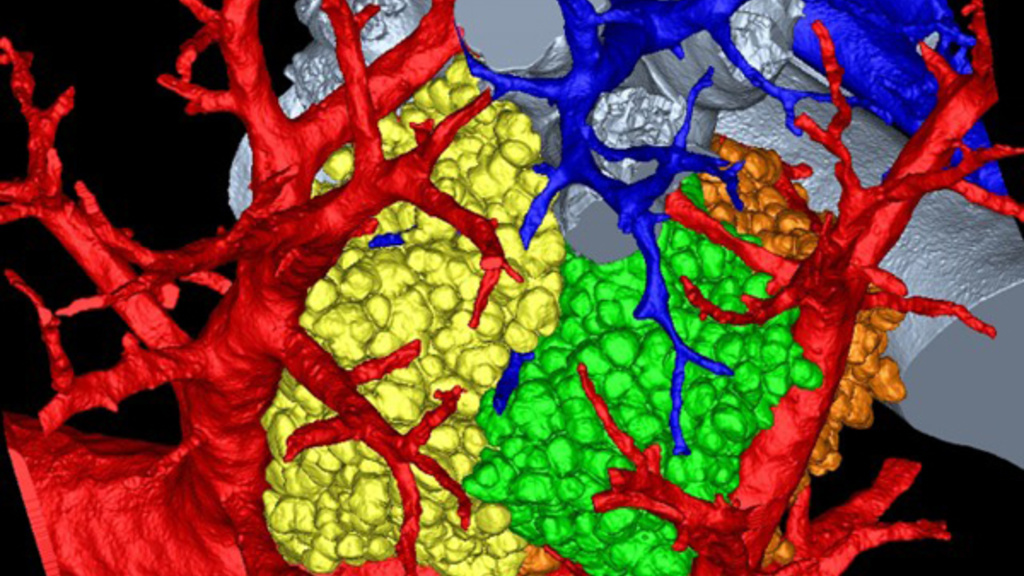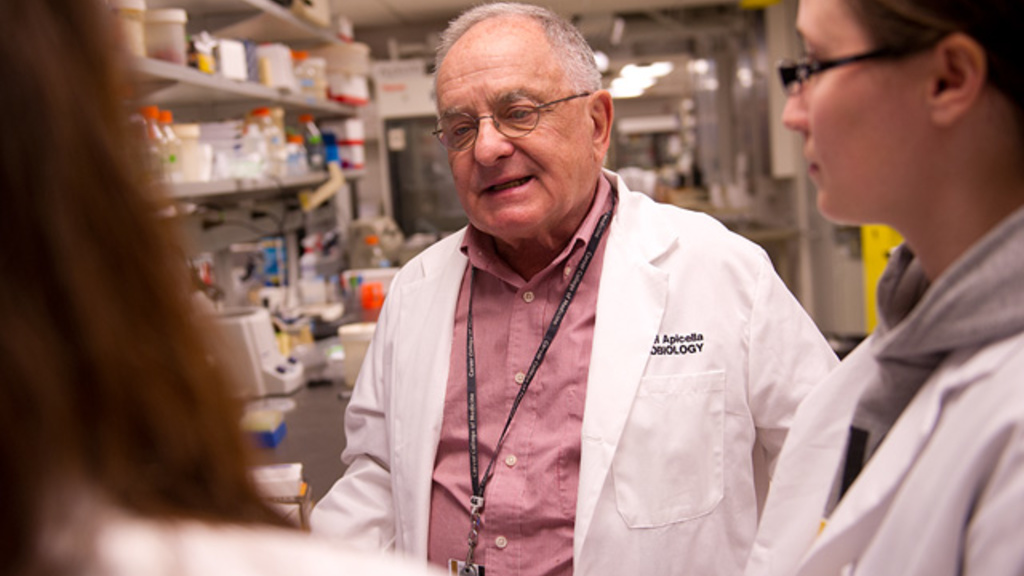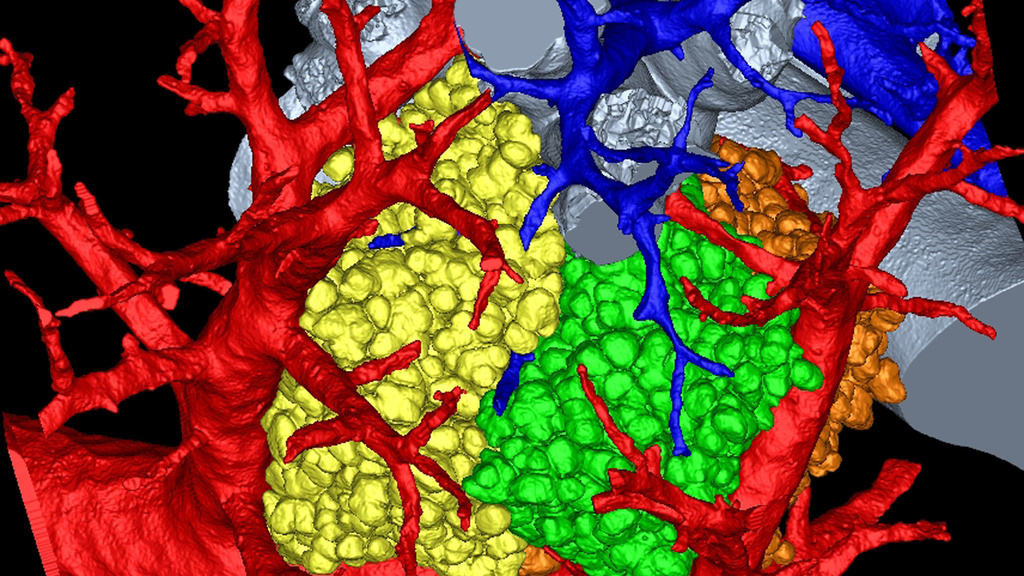Carver College of Medicine
UI lab gets $1.12 million grant to study glaucoma over three years
Friday, October 26, 2012
Ophthalmology lab to study whether cellular stress in eye cells has link to glaucoma.
Grant to help lower-urinary tract sufferers
Thursday, October 25, 2012
The University of Iowa has obtained NIH funding to study lower-urinary tract dysfunction, a condition that affects millions of men and women in the United States. The $1.8 million grant aims to better match diagnosis and treatment of lower-urinary tract dysfunction and patient outcomes.

Herwaldt advises how to determine if you're too sick for workplace
Wednesday, October 24, 2012
Loreen Herwaldt, M.D., University of Iowa professor of epidemiology and hospital epidemiologist at UI Hospitals and Clinics, discusses when to stay home if you're sick and how to stay well at work on the Wall Street Journal's "Lunch Break" (video interview and story.)
Open Access
Monday, October 22, 2012
Two University of Iowa professors mark Open Access Week with thoughts on the importance of immediate, online sharing of research, and publications.
Game on! UI challenges Northwestern to recruit research volunteers
Friday, October 19, 2012
The University of Iowa is taking on Northwestern in a competition beyond the gridiron: To determine who can recruit the most volunteers to participate in research studies. The contest begins on Oct. 22 and ends on Oct. 29.
Enzyme triggers heart failure
Thursday, October 11, 2012
A University of Iowa study shows that CaM kinase II enzyme triggers heart cell death by making the cells’ energy-producing mitochondria leaky. Inhibiting the enzyme in mitochondria protected mice from heart cell death during heart attack and other forms of heart stress. The findings could lead to better therapies for common forms of heart disease.
UI research may help build a better drug
Tuesday, October 9, 2012
A University of Iowa team has discovered a new biological pathway in blood vessel cells, which may contribute to the blood pressure-lowering effects of TZD drugs used to treat type 2 diabetes. This finding may help to develop new therapies that retain the beneficial effect of TZDs but eliminate the adverse side effects.

Genetics: from Frankenstein to the future
Monday, October 8, 2012
A number of campus events over the next few weeks will reflect on the responsibilities of science and scientists to the broader culture, including an exhibit, "Frankenstein: Penetrating the Secrets of Nature," which runs through Nov. 2.

Lung maze modelled in 3-D thanks to UI research team
Thursday, October 4, 2012
A University of Iowa-led research team created the most detailed three-dimensional model of a region of the mouse lung where breathed air collects. The team thinks the model can be used to track how inhaled gases move through the complex system of airways in the lungs and how some lung diseases, such as emphysema, originate and develop.

UI Hospitals and Clinics celebrates new clinic
Thursday, October 4, 2012
The leadership of University of Iowa Health Care, joined by government officials, business leaders and other guests, will formally dedicate the state’s newest ambulatory care clinic in the Iowa River Landing development in Coralville on Friday, Oct. 5.

Influenced by great mentors, Apicella passes it on
Wednesday, October 3, 2012
Mike Apicella really knows how to bring out the best in his fellow scientists. On Thursday, Oct. 4, Apicella, senior associate dean for scientific affairs and professor of microbiology, will be honored for his exceptional mentoring skills with the 2012 UI Carver College of Medicine’s Distinguished Mentor Award.

A mammal lung, in 3D
Tuesday, October 2, 2012
A University of Iowa-led research team has created the most detailed, three-dimensional rendering of a key region of a mammal lung. The model is important, because it can help scientists understand where and how lung diseases emerge as well as advance how drugs are delivered through the respiratory system. Results appear in the "Proceedings of the National Academy of Sciences."
Pagination